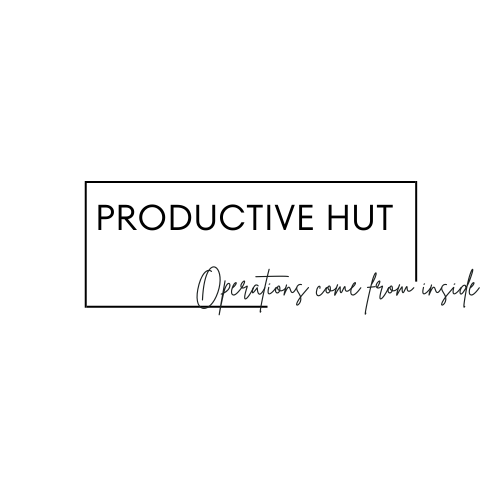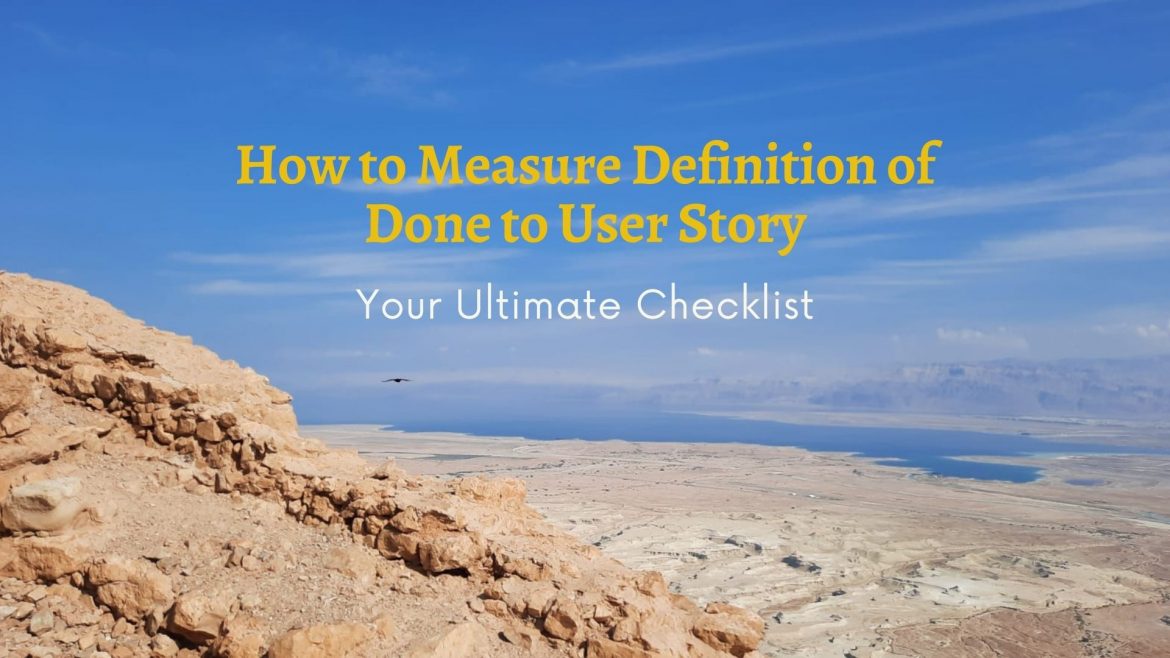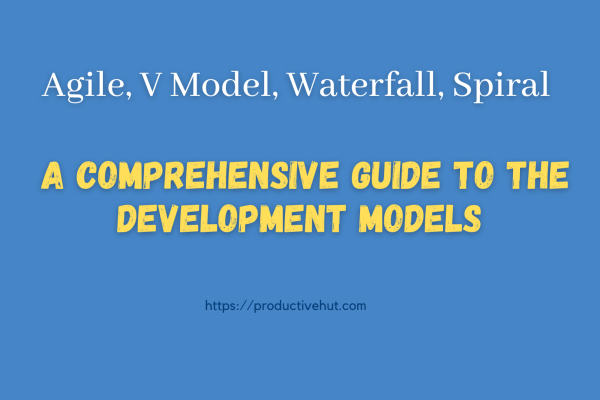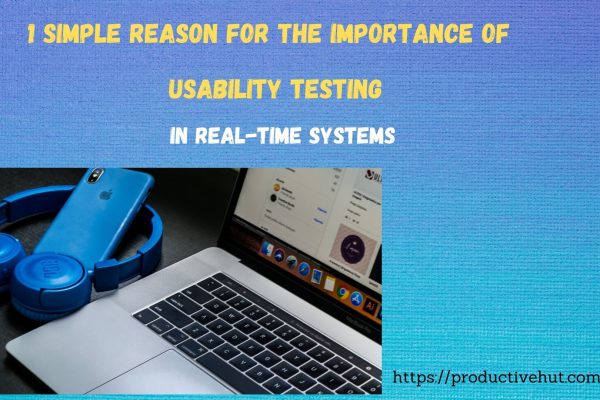User Story – How to Measure Definition of Done
Let’s explore the essence of User Story within Agile methodologies before diving into the Checklist for Definition of Done (DOD) in User Story.
In Agile development, a User Story represents the smallest unit of work, emphasizing the end goal rather than a specific feature. It articulates the software user’s perspective and seamlessly integrates into frameworks like Scrum and Kanban.
Within Scrum, User Stories become part of sprints and are progressively executed. They are typically framed from the standpoint of an end-user or system user.
Now that you have a deeper grasp of the user story methodology, let me share an exciting journey. In the pursuit of enhancing our existing product’s development process, I ventured into crafting the ultimate Definition of Done (DOD) checklist tailored specifically for User Stories. This checklist promises to seamlessly align with your development process.
Completing a User Story involves a comprehensive Definition of Done checklist:
- Fulfillment of technical, UI, and product requirements.
- QA verifies the ‘happy path’ implementation.
- Stakeholders review the development design.
- Review of the Software Test Plan (STP) by all relevant parties.
- Completion and execution of integration and unit tests.
- Code review by the development team.
- Incremental delivery for QA assessment.
- Developer-driven completion of End-to-End integration.
- Review and passage of Automation tests.
- Passing Functional, Regression, Validation, Negative, and Load tests.
- Meeting non-functional requirements.
- Implementing the user interface in line with design, including micro-copy updates if necessary.
- Addressing and resolving all identified bugs.
- Identifying post-production deployment manual configurations within the story.
- Final User Story acceptance by the Product Owner (PO).
Did this post provide value for you? Share your feedback in the comments on how it benefited you!
Become a part of the Productive Hut Family and join our vibrant community!”






No Comments